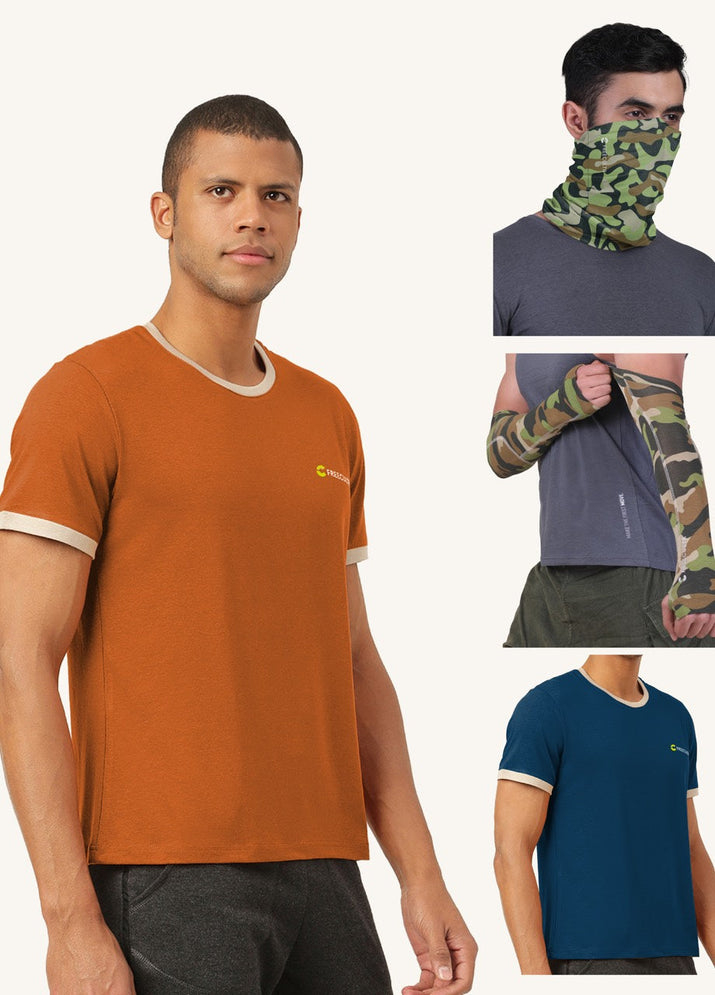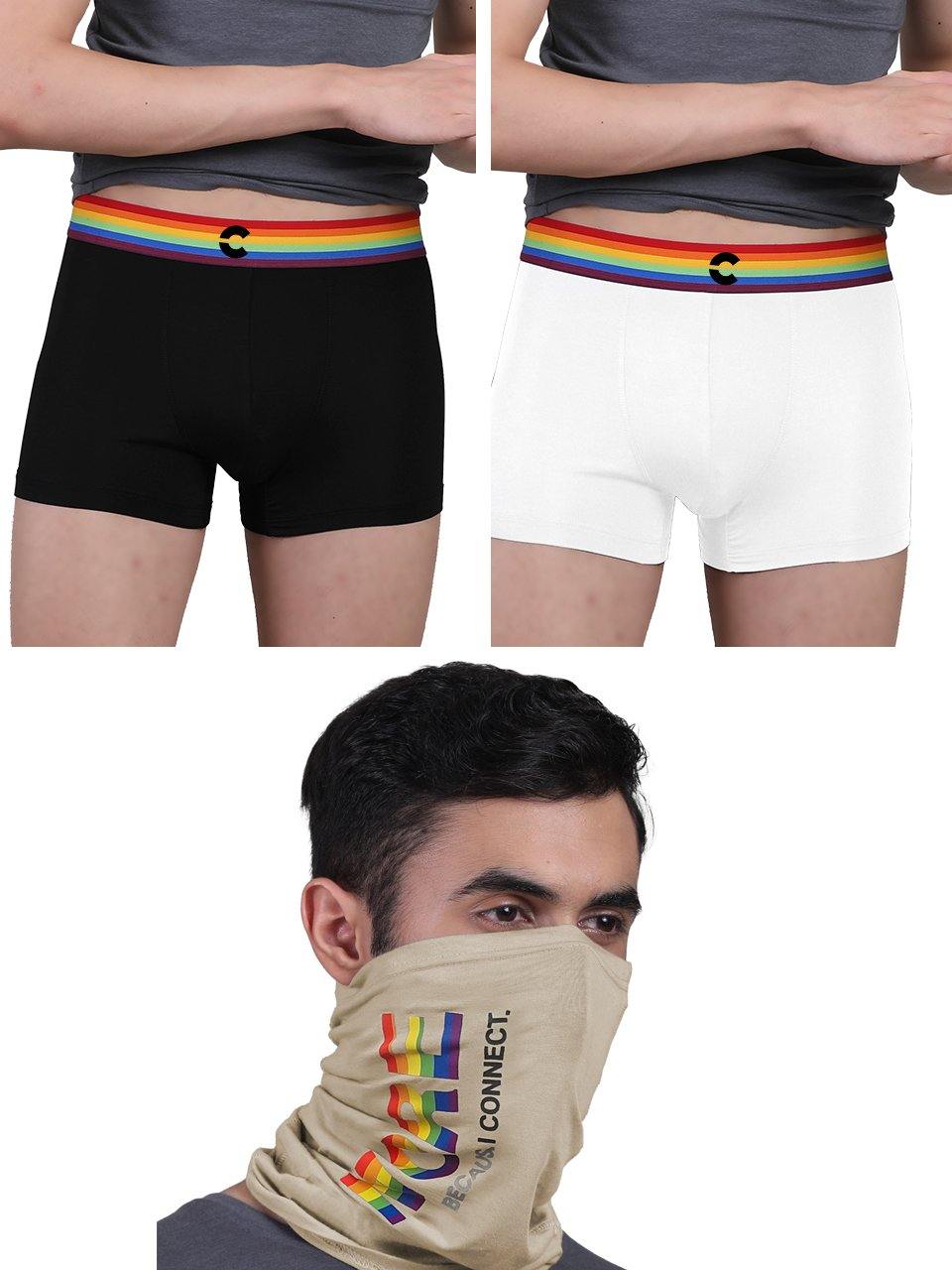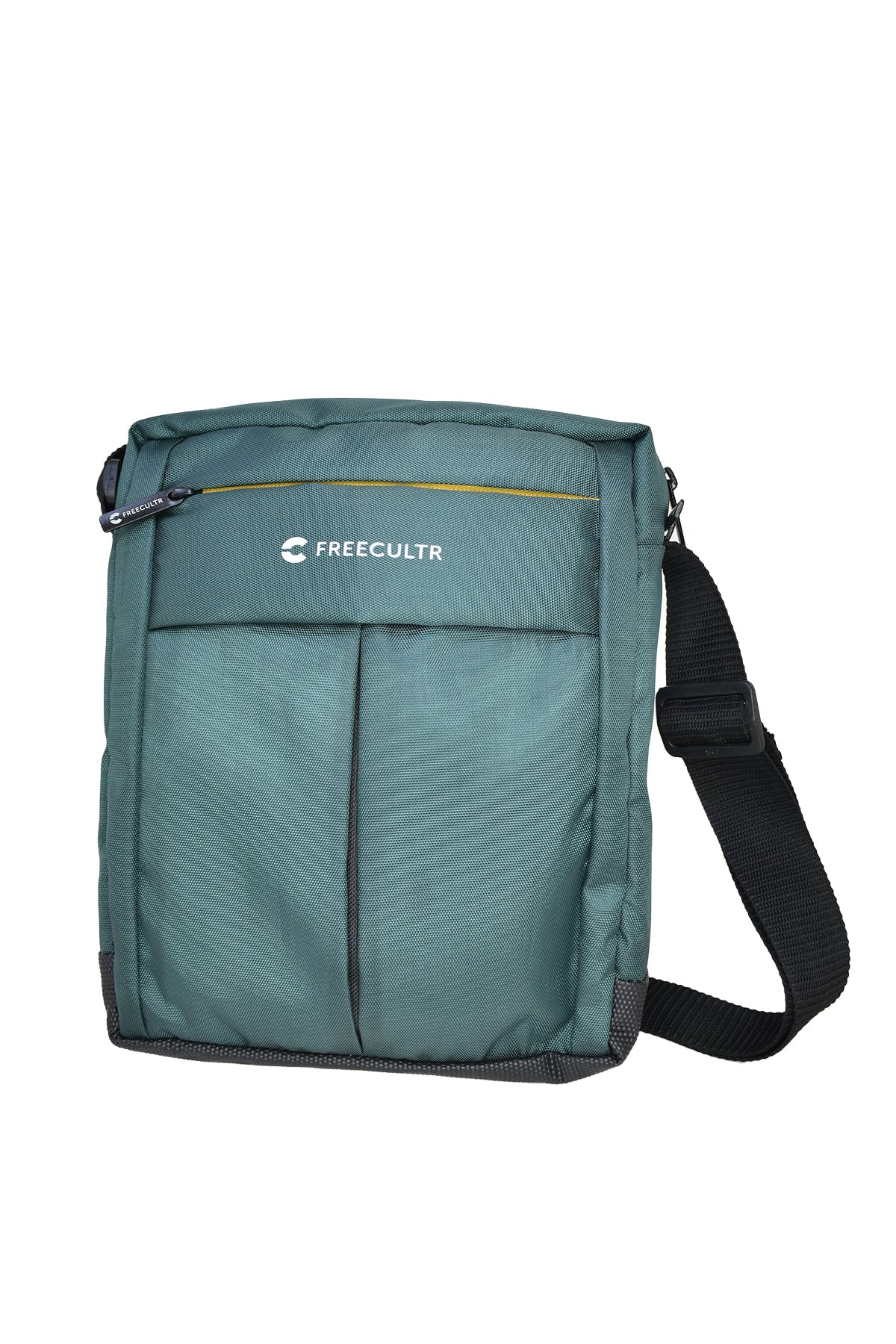Once considered simple accessories, performance sleeves have evolved into indispensable technical gear for outdoor enthusiasts and athletes alike. Modern compression sleeves, for instance, now integrate advanced UPF 50+ fabrics, offering superior UV protection crucial for preventing sun damage during prolonged exposure, a growing concern with climate change. Beyond safeguarding skin, these engineered textiles utilize targeted compression zones to enhance blood circulation, improving muscle oxygenation and reducing fatigue for cyclists tackling long routes or runners enduring marathons. Recent innovations also feature moisture-wicking and cooling technologies, ensuring optimal thermoregulation even in extreme conditions, transforming how athletes approach endurance and recovery.

Understanding the Modern Performance Sleeve
In the realm of athletic wear and outdoor gear, performance sleeves have emerged as indispensable tools, far transcending their simple appearance. Initially conceived as basic arm coverings for warmth or minor abrasion protection, modern sleeves have evolved into sophisticated pieces of technical apparel designed to offer a multitude of benefits, from crucial UV protection to significant enhancements in athletic performance and recovery. These specialized garments, often made from advanced synthetic fabrics, are engineered to support the body's natural functions, protect against environmental stressors. Optimize physical output. Whether you're a professional athlete, an avid outdoor enthusiast, or simply someone seeking greater comfort and protection in your daily activities, understanding the science and benefits behind these innovative sleeves is key to appreciating their value.
The Science Behind UV Protection in Sleeves
One of the primary benefits driving the widespread adoption of modern sleeves is their superior UV protection. Exposure to the sun's ultraviolet (UV) radiation, specifically UVA and UVB rays, can lead to sunburn, premature skin aging. Significantly increase the risk of skin cancer. While traditional clothing offers some protection, its effectiveness varies widely depending on the fabric's weave, color. Composition.
- Understanding UV Radiation UVA rays penetrate deeply into the skin, contributing to aging and wrinkles, while UVB rays are the primary cause of sunburn and directly damage DNA, leading to skin cancer.
- Introducing UPF (Ultraviolet Protection Factor) Unlike SPF (Sun Protection Factor) which measures sunscreen's effectiveness against UVB rays, UPF measures a fabric's ability to block both UVA and UVB radiation. A UPF rating of 30 means the fabric allows only 1/30th (approximately 3%) of UV radiation to pass through, while UPF 50+ allows less than 1/50th (2%) to penetrate. The Skin Cancer Foundation recommends wearing clothing with a UPF of 30 or higher for effective sun protection.
- Fabric Technologies for UV Blocking The high UPF ratings of specialized sleeves are achieved through several design and material innovations:
- Tight Weave Densely woven fabrics leave less space for UV rays to pass through. Think of a tightly knit denim versus a loosely woven linen.
- Material Composition Synthetic fibers like polyester and nylon are inherently better at blocking UV radiation than natural fibers like cotton. Some fabrics also incorporate UV-absorbing chemicals or titanium dioxide and zinc oxide particles (similar to physical sunscreens) into the fibers during manufacturing.
- Color Darker or more vibrant colors tend to absorb more UV radiation, preventing it from reaching the skin, compared to lighter shades.
For example, a standard white cotton t-shirt typically offers a UPF of only about 5-7 when dry, which significantly decreases when wet. In contrast, purpose-built UV protection sleeves consistently maintain a UPF of 30, 40, or even 50+, providing a reliable barrier against harmful rays during prolonged outdoor activities.
Beyond Sun Shield: Enhancing Athletic Performance and Recovery
While UV protection is a significant benefit, the utility of performance sleeves extends far beyond safeguarding your skin from the sun. Many sleeves are engineered with advanced features that directly contribute to enhanced athletic performance, reduced fatigue. Faster recovery.
Compression Technology
Compression is a cornerstone of performance sleeves. These garments apply graduated pressure to the limbs, meaning the compression is tighter further away from the heart and gradually looser towards it. This strategic pressure offers several physiological advantages:
- Improved Blood Circulation By gently squeezing the veins, compression helps push deoxygenated blood back towards the heart more efficiently, improving venous return. This means more oxygenated blood can reach working muscles.
- Reduced Muscle Oscillation and Vibration During high-impact activities like running or jumping, muscles vibrate, leading to micro-trauma and energy waste. Compression sleeves stabilize muscles, reducing this oscillation, which can lead to less muscle damage, soreness. Fatigue.
- Faster Recovery Enhanced blood flow helps in the quicker removal of metabolic waste products (like lactic acid) that build up during exercise. This can significantly reduce post-exercise muscle soreness and expedite the recovery process. Athletes often wear compression sleeves not just during activity but also for hours afterward to aid recovery.
Moisture Management and Temperature Regulation
Modern performance sleeves are often made from advanced moisture-wicking fabrics. These materials are designed with a capillary action that draws sweat away from the skin's surface to the outer layer of the fabric, where it can evaporate quickly. This process helps regulate body temperature:
- Cooling in Warm Conditions By facilitating rapid evaporation, moisture-wicking sleeves create a cooling effect, helping athletes stay comfortable and prevent overheating during intense workouts or in hot weather.
- Warmth in Cold Conditions Paradoxically, these same properties can help keep you warm. By keeping sweat away from the skin, they prevent the chilling effect that occurs when damp fabric sits against the body in cold environments.
Injury Prevention and Muscle Support
Beyond circulation and temperature, sleeves provide tangible support:
- Muscle Stabilization The compressive nature of these sleeves provides a sense of support and stability to the muscles and joints they cover. This can be particularly beneficial for specific areas like the knees, elbows, or calves, reducing the risk of strains, pulls. Overextension.
- Protection Against Abrasions For sports involving falls or slides (e. G. , basketball, volleyball, cycling), sleeves offer a layer of protection against scrapes, cuts. Minor impacts, keeping the skin intact.
Navigating the World of Sleeves: Types and Their Ideal Applications
The market offers a diverse range of performance sleeves, each tailored for specific body parts and activities. Understanding the common types can help you choose the right one for your needs.
| Sleeve Type | Primary Benefits | Common Applications |
|---|---|---|
| Arm Sleeves | UV protection, temperature regulation, compression for biceps/triceps, abrasion protection. | Cycling, running, golf, hiking, fishing, basketball, general outdoor activities. |
| Calf Sleeves | Graduated compression for lower leg, reduced shin splints, calf muscle support, improved recovery. | Running, basketball, football, cycling, long flights (for circulation). |
| Knee Sleeves | Joint support, warmth for knee joint, compression for patella/quads/hamstrings, injury prevention/recovery. | Weightlifting (squats, deadlifts), powerlifting, CrossFit, general knee support during activity. |
| Elbow Sleeves | Joint support, compression for elbow joint, relief from tennis/golfers elbow, warmth. | Weightlifting, tennis, golf, racquet sports, post-injury support. |
| Full Leg Sleeves | Comprehensive leg compression, UV protection for entire leg, muscle support from thigh to ankle. | Cycling, running (especially trail), recovery, general athletic wear. |
Choosing Your Perfect Pair of Sleeves: A Practical Guide
With so many options, selecting the ideal performance sleeves can seem daunting. Here are key factors to consider to ensure you make an informed choice:
- UPF Rating If sun protection is a priority, always look for a UPF rating of 30 or higher. Many reputable brands will clearly state this.
- Material Composition Look for blends of polyester, nylon. Spandex (elastane). Polyester and nylon offer durability and moisture-wicking properties, while spandex provides the necessary stretch and compression. Avoid 100% cotton for performance-focused sleeves, as it absorbs moisture and stays wet.
- Fit and Sizing For compression sleeves, a snug fit is crucial for effectiveness. It should not be uncomfortably tight or restrict movement. Consult sizing charts carefully, as sizes can vary between brands. For UV-only sleeves, a comfortable, close fit is still beneficial to prevent slipping.
- Activity Specificity Consider the primary use. Are you primarily looking for sun protection during a casual hike, or do you need maximum compression for an intense marathon? Knee sleeves for weightlifting will have a different design and rigidity than those for general running.
- Seams and Grippers Flatlock seams reduce chafing and irritation, which is critical for long periods of wear. Silicone grippers or elastic bands at the top of arm and leg sleeves help keep them in place during dynamic movements, preventing them from rolling down.
Real-World Impact: Testimonials and Practical Benefits of Sleeves
The practical benefits of performance sleeves are best illustrated through real-world experiences. Many individuals have found these garments to be game-changers in their athletic pursuits and outdoor adventures.
Consider Sarah, an avid long-distance runner who frequently trains outdoors. For years, she struggled with sunburn on her arms, even with regular sunscreen application, especially during long runs where sweat would wash it off. After switching to UPF 50+ arm sleeves, she noticed an immediate difference. "Not only did I stop getting sunburned. The moisture-wicking fabric kept my arms cooler than I expected," she shares. "It was a revelation. I could focus on my run, not on reapplying sunscreen or dealing with sticky arms." Sarah's experience highlights the convenience and superior protection that dedicated UV sleeves offer, allowing her to pursue her passion without compromising her skin health.
Similarly, Mark, a recreational basketball player, often experienced significant muscle fatigue and soreness in his calves after intense games. He decided to try compression calf sleeves based on a friend's recommendation. "The first time I wore them, I felt a noticeable difference in how my legs felt during and after the game," Mark recounts. "My calves felt more supported. The usual post-game ache was significantly reduced. It felt like my legs recovered faster, allowing me to get back on the court sooner." Mark's story exemplifies how the targeted support and enhanced circulation provided by compression sleeves can directly impact performance and accelerate recovery, proving invaluable for athletes pushing their limits.
Maintaining Your Sleeves: Care for Lasting Performance
To ensure your performance sleeves continue to offer optimal UV protection, compression. Comfort, proper care is essential. These are not ordinary garments and require a gentle approach:
- Washing Instructions Always refer to the manufacturer's care label. Generally, it's best to machine wash sleeves in cold water on a gentle cycle. Using a mesh laundry bag can further protect them from snagging or stretching in the washing machine.
- Detergent Choice Use a mild detergent. Avoid harsh chemicals, bleach, or fabric softeners, as these can break down the elastic fibers (like spandex) that provide compression and potentially degrade the UV-protective properties of the fabric.
- Drying Air drying is highly recommended. Lay them flat or hang them to dry. High heat from tumble dryers can damage the elastic fibers, leading to a loss of compression and elasticity over time. May also compromise the UPF rating of the fabric.
- Storage Store your sleeves flat or gently rolled to prevent excessive stretching or creasing, which can affect their shape and performance.
By following these simple care guidelines, you can significantly extend the lifespan of your sleeves, ensuring they continue to provide the UV protection, performance enhancement. Comfort you rely on for your active lifestyle.
Conclusion
Ultimately, performance sleeves transcend mere sun protection, evolving into a vital gear for peak physical output. They offer a unique blend of robust UV defense and subtle muscle support, making them indispensable for anyone pushing their limits outdoors. It’s about leveraging smart apparel to enhance both safety and efficiency, moving beyond traditional sunscreen. I vividly recall a recent ultra-marathon where my sleeves weren't just a barrier against the relentless midday sun. Also provided that subtle compression, reducing muscle fatigue. This isn't just about avoiding a sunburn; it's about maintaining consistent performance, whether you're cycling through scorching city streets or navigating a trail run. The surge in their adoption across diverse athletic communities, from professional cyclists to weekend warriors, truly underscores their value. My personal tip? Invest in a pair with advanced moisture-wicking technology – it makes a noticeable difference, especially in humid conditions, preventing that clammy feeling. Don't just protect; empower your every movement with gear designed to elevate your performance and keep you comfortable.More Articles
Performance Sleeves – Enhanced Protection & Muscle SupportBandana for Men – Rugged Style & Sun Protection
Women's Tank Top – Flattering Fit & Breathable Design
Men's T-Shirt – Versatile Wardrobe Staple & Soft Fabric
Trunks for Men – Superior Fit & Freedom of Movement
FAQs
What's the big deal with these UV protection sleeves?
These sleeves are designed to do two main things: shield your arms from harmful UV rays, which is super vital for sun protection during outdoor activities. Also provide performance benefits like muscle support and improved circulation. Think of them as a dual-purpose gear for comfort and protection.
How do these sleeves actually protect me from the sun?
They're made from special fabrics that are tightly woven or treated to block a high percentage of UVA and UVB rays. This gives you an extra layer of defense against sunburn and long-term sun damage, often measured by an Ultraviolet Protection Factor (UPF) rating, similar to SPF for sunscreen.
Do they really boost performance or just feel good?
Yes, they can definitely enhance performance! Many sleeves offer light compression, which helps improve blood flow and reduce muscle vibration, potentially leading to less fatigue and faster recovery. They also wick away sweat to keep you dry and comfortable, which is a performance boost in itself.
What kind of material are they made from? Are they breathable?
Most sleeves are made from a blend of synthetic fibers like polyester, nylon. Spandex. These materials are chosen for their stretch, durability, moisture-wicking properties. Breathability. So, yes, they are designed to be comfortable and let your skin breathe, even during intense activity.
Can I wear them all day, even in really hot weather?
Absolutely! Thanks to their moisture-wicking and breathable fabric, many people find them comfortable even in hot conditions. They help keep your skin cooler by wicking away sweat and can even provide a slight cooling effect as sweat evaporates. Plus, the UV protection is always a bonus when it's sunny.
How do I take care of them. How long do they usually last?
Taking care of them is usually pretty simple: machine wash cold with similar colors and hang dry. Avoid bleach or harsh detergents, as they can damage the fabric and its protective properties. With proper care, a good pair of sleeves can last for many seasons, maintaining their sun protection and performance benefits.
How do I make sure I get the right size for my arms?
It's super crucial to check the specific brand's sizing chart, as sizes can vary. Generally, you'll need to measure the circumference of your bicep (or the widest part of your upper arm) and sometimes your wrist or arm length. You want a snug fit that provides gentle compression without feeling too tight or restrictive.






